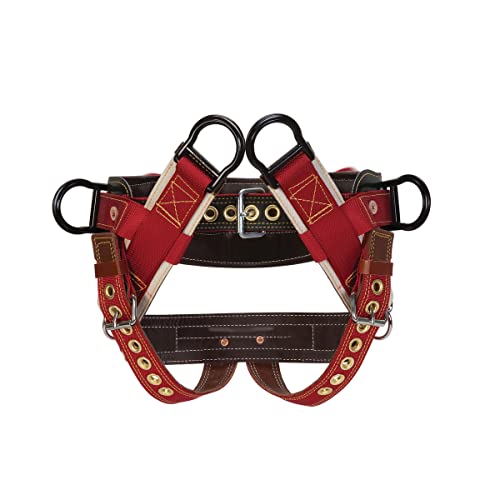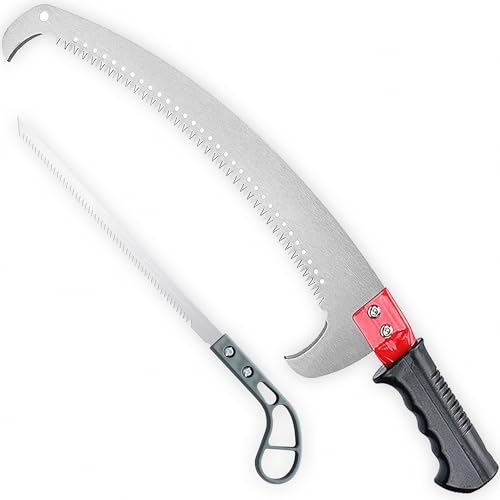Blowdown1
ArboristSite Operative
Is there any specific approach to use to determine how to compensate for minor lean when felling? I know cutting the notch in the direction of fall, leaving extra hinge wood to pull it away from the lean, etc. But how do you gauge just how much or what compensation to use?
I have a loblolly (~60-70' tall) that is dead and needs to come down. It leans maybe 5 degrees and I want to drop it about 35-45 degrees away from where it is leaning.
I have a loblolly (~60-70' tall) that is dead and needs to come down. It leans maybe 5 degrees and I want to drop it about 35-45 degrees away from where it is leaning.
Last edited:























































